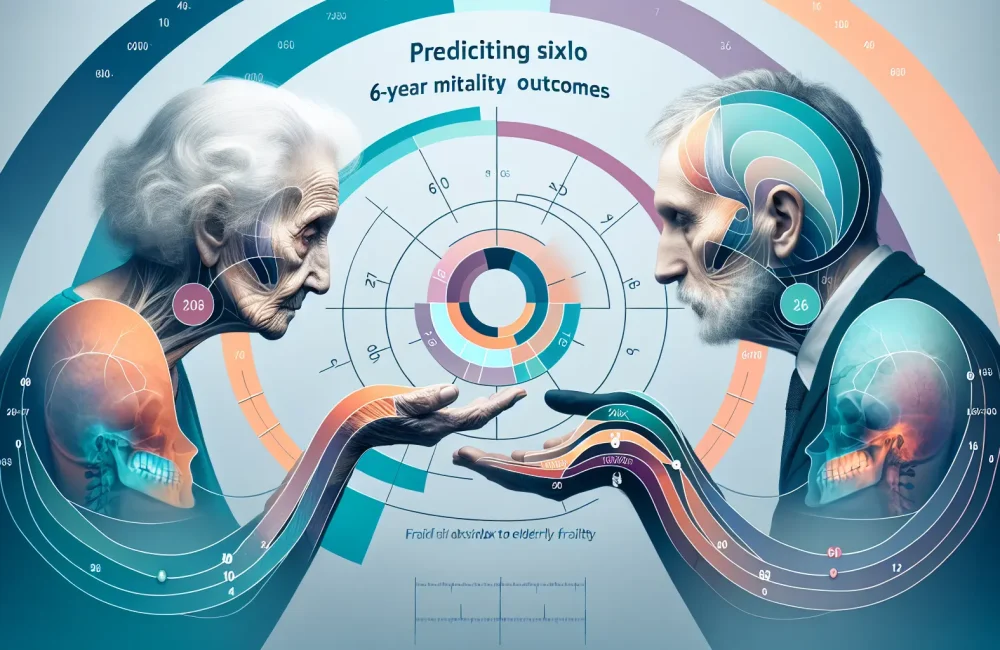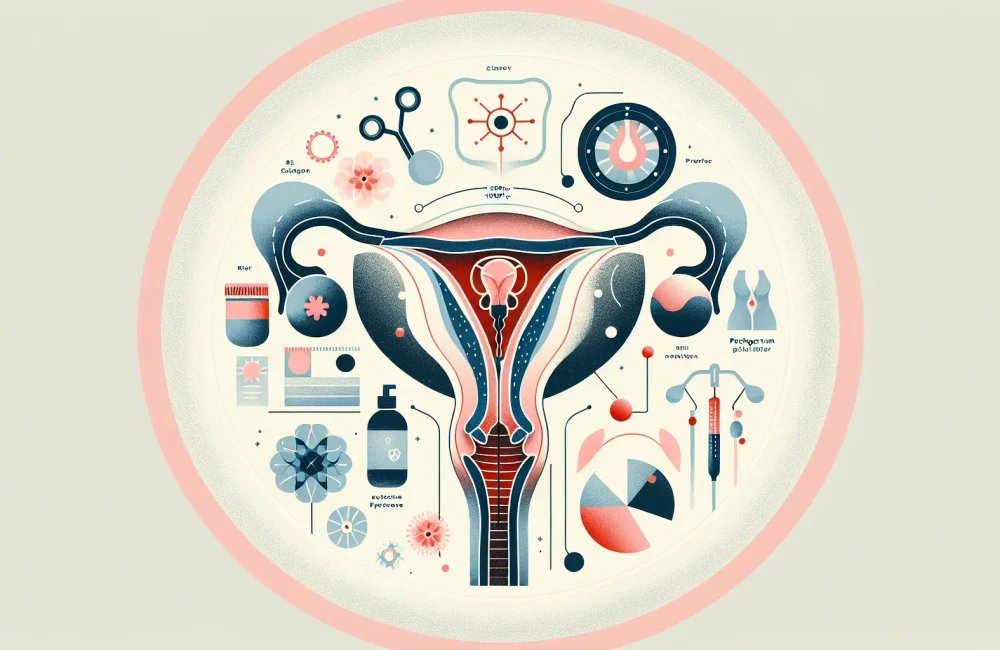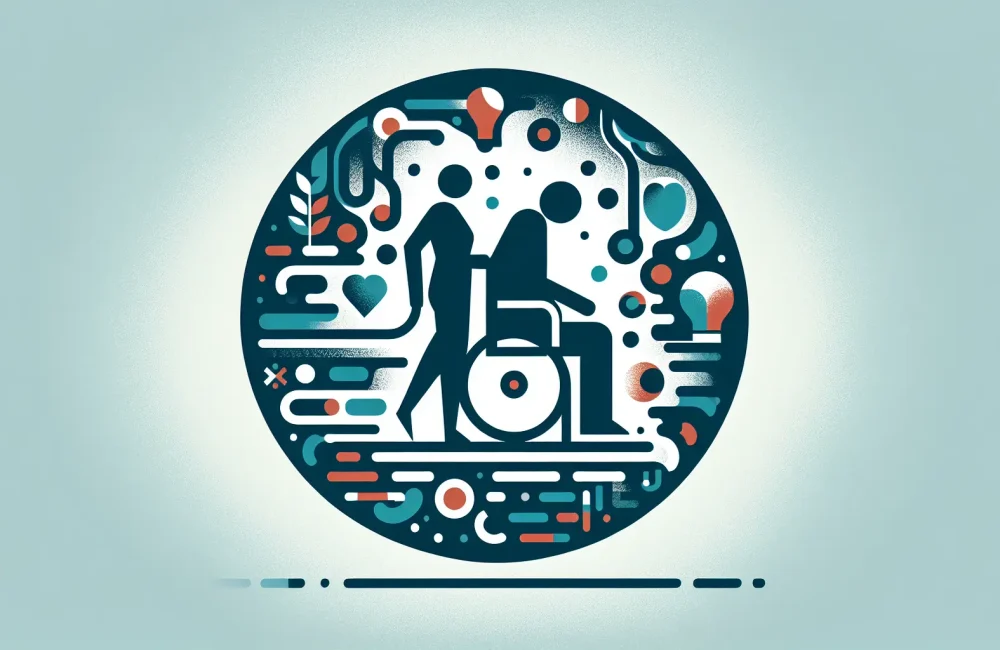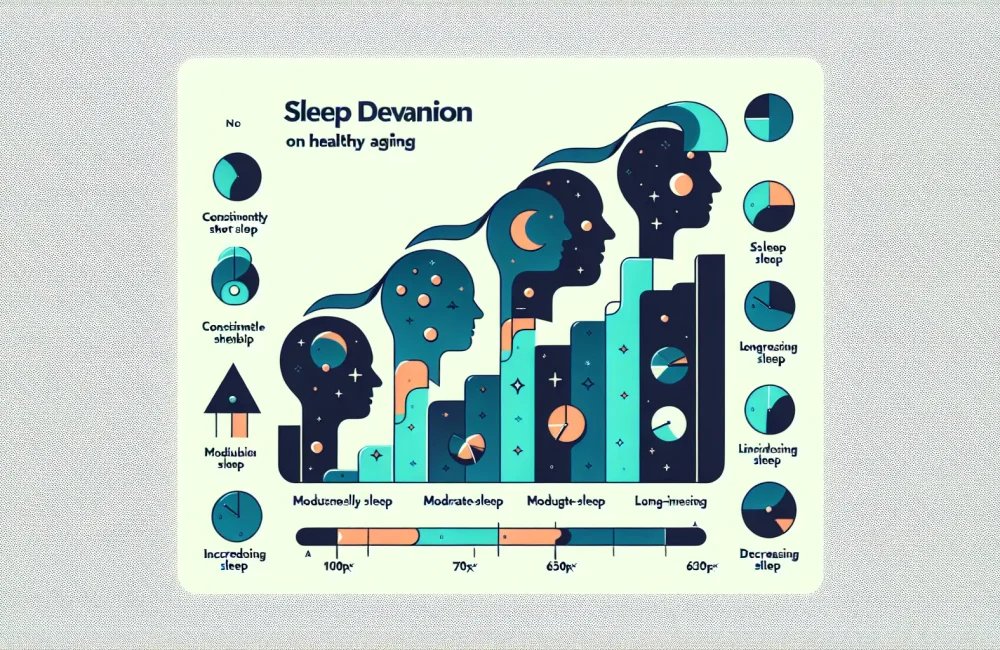By CAFMI AI From Frontiers in Medicine (Open Access)
Frailty Assessment Models and Mortality Prediction
Frailty is a significant syndrome in older adults, marking increased vulnerability to adverse outcomes including death. Two primary models are used to measure frailty: the Frailty Index (FI), which quantifies frailty based on accumulated health deficits, and the Frailty Phenotype (FP), which classifies frailty through specific clinical signs. The FRASNET cohort study evaluated both models over six years, assessing their ability to predict mortality among community-dwelling older adults. Adjustments accounted for confounding factors such as age, sex, existing comorbidities, and functional status at baseline to isolate frailty’s impact on survival. The study found both FI and FP strongly linked to mortality, with FI offering a graded risk based on deficit count and FP providing clear categorical risk identification. This indicates both tools reliably identify at-risk patients but differ in application style—FI being continuous and nuanced, FP categorical and straightforward.
Clinical Implications of Frailty Metrics for Healthcare Providers
For clinicians, especially those practicing in the U.S., understanding these frailty assessment tools is critical for patient management. The FI’s continuous score enables detailed risk stratification, which can inform the intensity and type of interventions tailored to the patient’s frailty level. This may include increased monitoring, comprehensive geriatric assessment, medication review, physical therapy, or nutritional support aimed at mitigating progressive deficits. Conversely, the FP provides a quick, easily interpretable method to categorize patients into frail or non-frail groups, supporting prompt decision-making. Incorporating routine frailty assessments can enhance prognostic accuracy and help identify patients needing preventative or palliative strategies. Both models endorse a shift toward personalized, proactive care for aging populations, emphasizing the necessity of frailty recognition in primary care workflows.
Future Directions and Research Opportunities in Frailty Assessment
Emerging research is focused on refining frailty assessment tools to improve predictive accuracy and clinical utility. Combining frailty metrics with biomarkers, imaging, and digital health monitoring could enable earlier detection and more precise intervention strategies. Additionally, there is a growing interest in evaluating the impact of interventions tailored by frailty status on long-term mortality and quality of life. Future studies may explore the integration of frailty assessment into electronic health records and routine clinical workflows to facilitate widespread adoption. These advancements aim to support proactive management and reduce morbidity and mortality among older adults by leveraging personalized risk profiles generated by frailty instruments.
Read The Original Publication Here






